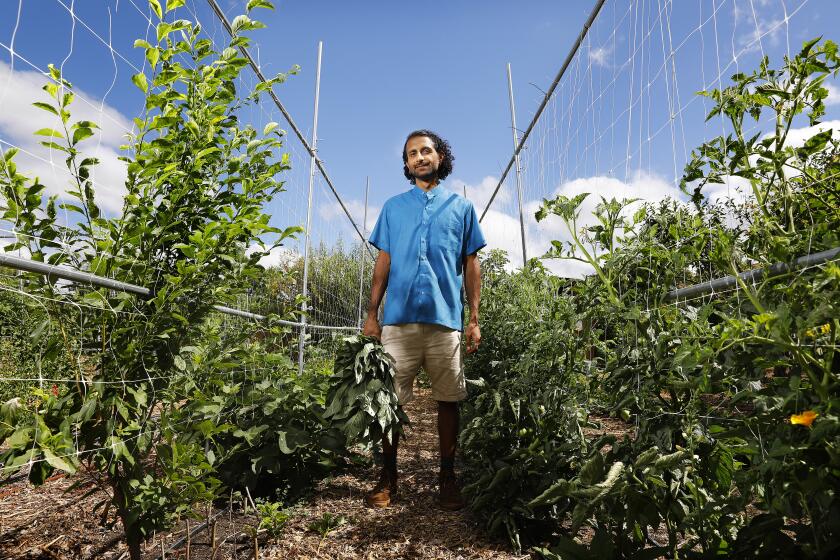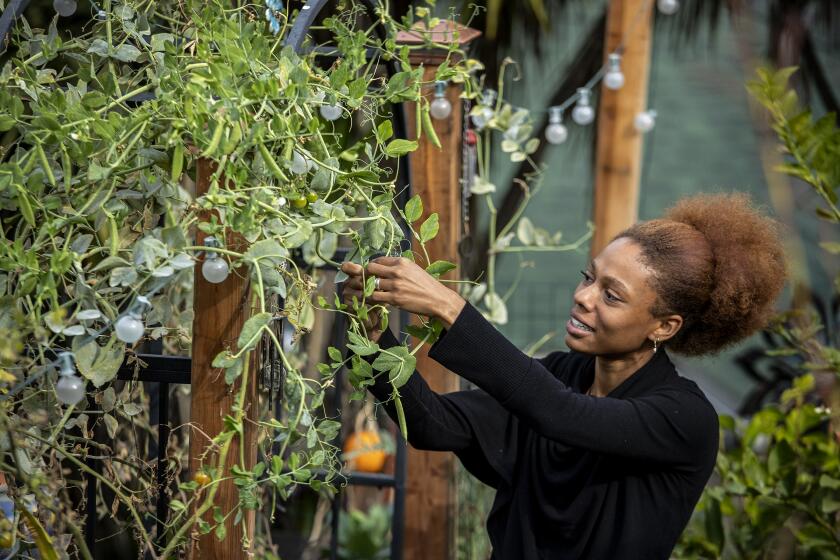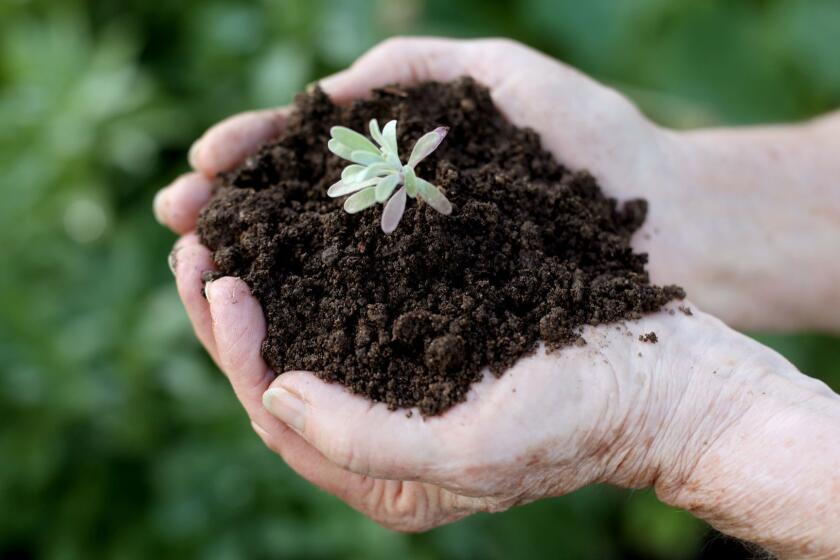She built a garden sanctuary in L.A. Now, she wants to share it with you
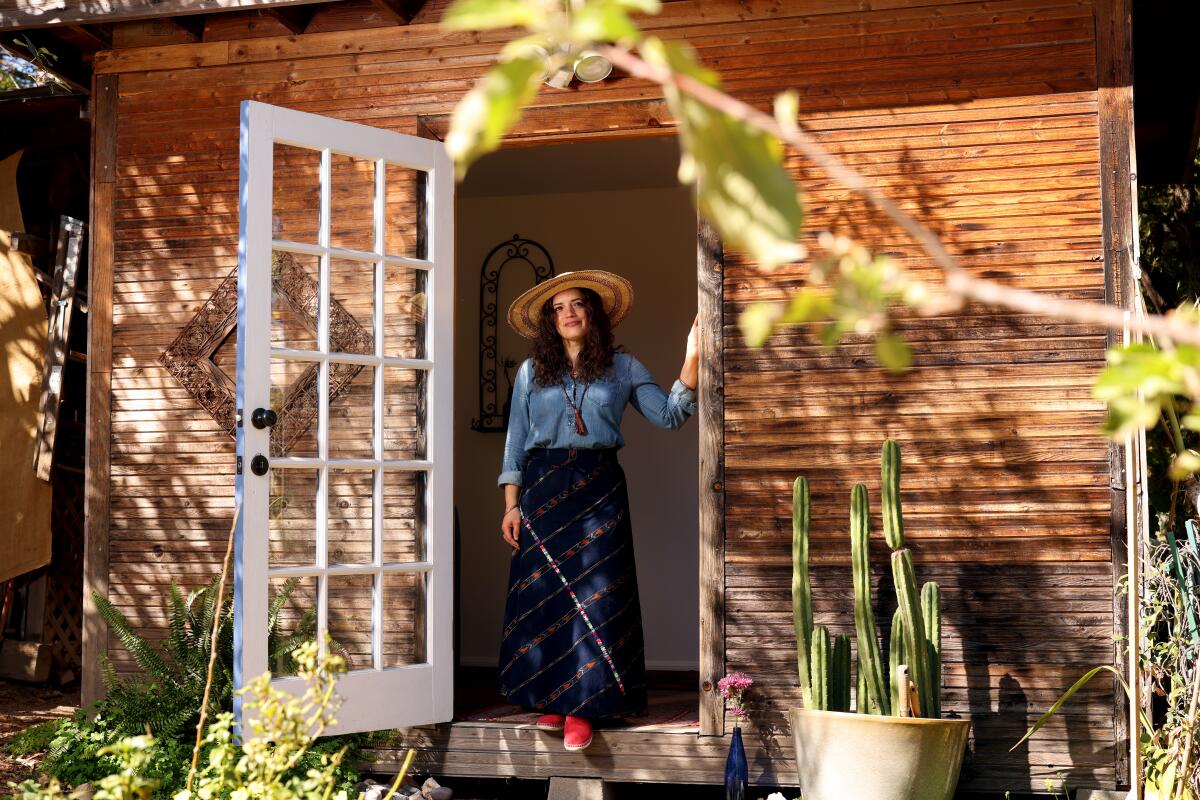
- Share via
This is the latest in a series we call Plant PPL, where we interview people of color in the plant world. If you have any suggestions for PPL to include in our series, tag us on Instagram @latimesplants.
Meadow Carder-Vindel stepped deliberately on the grounds of her Mount Washington garden as she offered a tour of the 16,000-square-foot certified wildlife habitat.
“This land has always been a part of me,” she said from behind a face mask as she carefully avoided a pair of free-ranging chickens. “My family has had this land for 50 years, and many of our traditions come from my mother, who is Black and Cherokee, and my husband, Eric, who is from Maya Pipil in Central America. All three cultures have formed who we are. There’s a lot of beauty in diversity. We are proud of all of the different aspects of who we are so we acknowledge all of them.”
Farmer Rishi Kumar grows top-tier fruits and offers gardening tips on Instagram: “Gardening is such an important way of connecting with the earth, connecting with ourselves and eating well.”
She motioned toward the top of the property where an avocado tree grew from the place where she buried the placenta after the birth of her son.
“We are taught that the land will call you home,” she said. “It’s almost like a magnet to the heart.”
Carder-Vindel, 44, could have been describing herself.
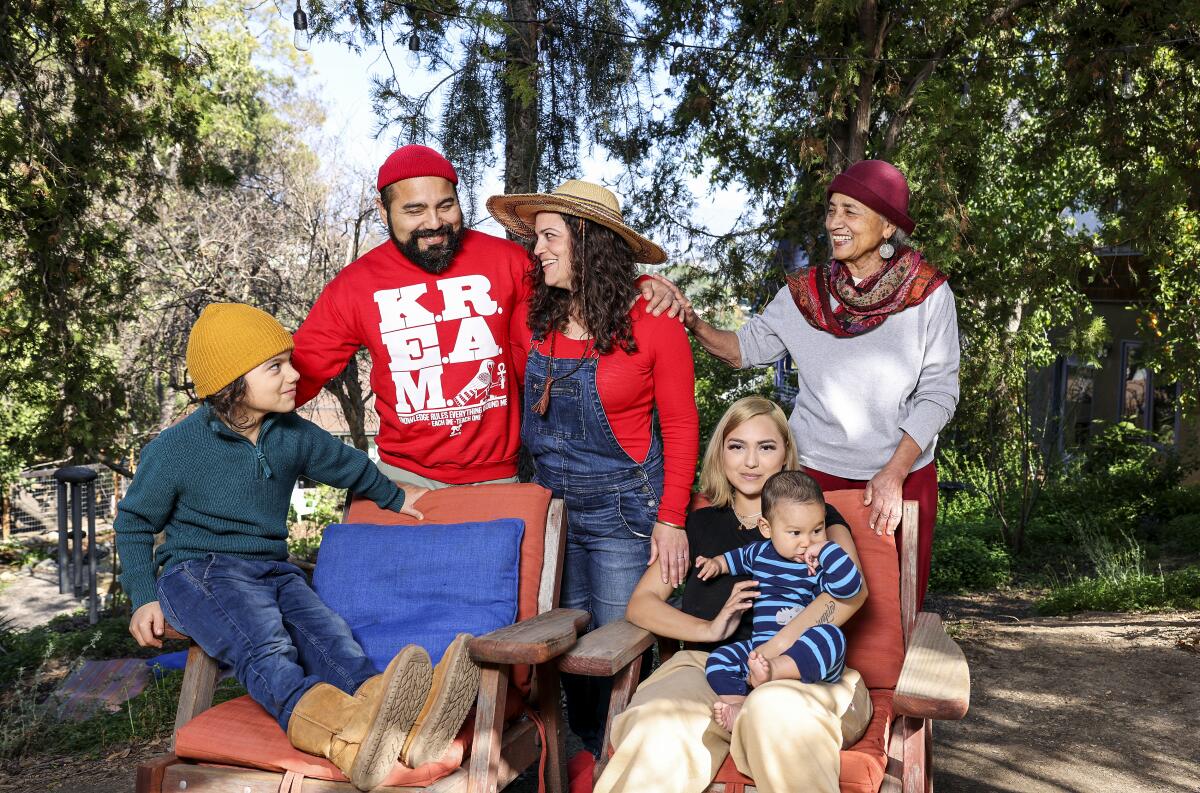
She was born on the property, which has grown to three parcels of land where she and four generations of her family live in three separate homes. When she became pregnant with her son Osani nearly a decade ago, she returned to Los Angeles from Northern California to give birth on the property, which the family calls Greenstone Farm & Sanctuary.
Born with a rare illness that affects her endocrine system, she looked to the garden for healing. She and her husband researched how to improve their soil, given the positive effects of soil microorganisms on the food we grow and, by extension, gut health. “We noticed the similarities between our mother earth and our own bodies,” she said. “So we started working on healing the soil and me at the same time.”
Before the coronavirus pandemic, she opened her family’s garden to others for ceremonies that honor the changing seasons, classes on regenerative gardening techniques, after-school activities, crystal therapy, astrological readings, even weddings.
Staying indoors is driving us crazy. Thanks to a new company, you can book a garden in Los Angeles just like an Airbnb.
Recently, she started leasing the garden through Healing Gardens, a new online marketplace that allows homeowners and caretakers to list their organic gardens for rent, similar to the way Airbnb lists rooms and homes for guests.
She feels compelled to share the garden to show others what’s possible. “It’s our responsibility and honor and privilege to have this space to share,” she said. “We want people to be able to have a place to go and experience the beauty and peace and calm and quiet reflection that happens in the garden. I appreciate the many great books and classes available, but the best way to gain an understanding of who your garden is is by spending time together and just trying things out, finding what works for both of you. It is a very reciprocal and synergistic relationship.”
Recently, we spoke with Carder-Vindel about Greenstone Farm & Sanctuary, her path to healing, and the importance of tending an “honest garden.”
In our Plant PPL series, we interview people of color in the plant world, including plantfluencers, plant stylists, floral artists, enthusiasts, experts and garden store owners.
How has your garden changed over time?
When I was growing up, there was grass and a chicken coop, goats and guinea pigs and lots of fruit trees. When the drought hit, we were told by the city to conserve water, so we let the grass die. The hillside became compacted soil over time, and water infiltration became difficult. A lot of the natural vegetation started to die, and my mom wasn’t aware of what to do to bring it back. We have always grown things including tobacco, sages and medicines. So we started growing things in pots because the soil was so hard. When my husband and I moved back here — he has a background in horticulture, and his grandfather in El Salvador used to teach people how to grow their own food — we started trying to grow things here. We thought we didn’t have the touch until Eric’s grandfather came to the land and told us what the problems were. He asked my mom some questions about what lived here before, and we started trying everything to heal the soil.
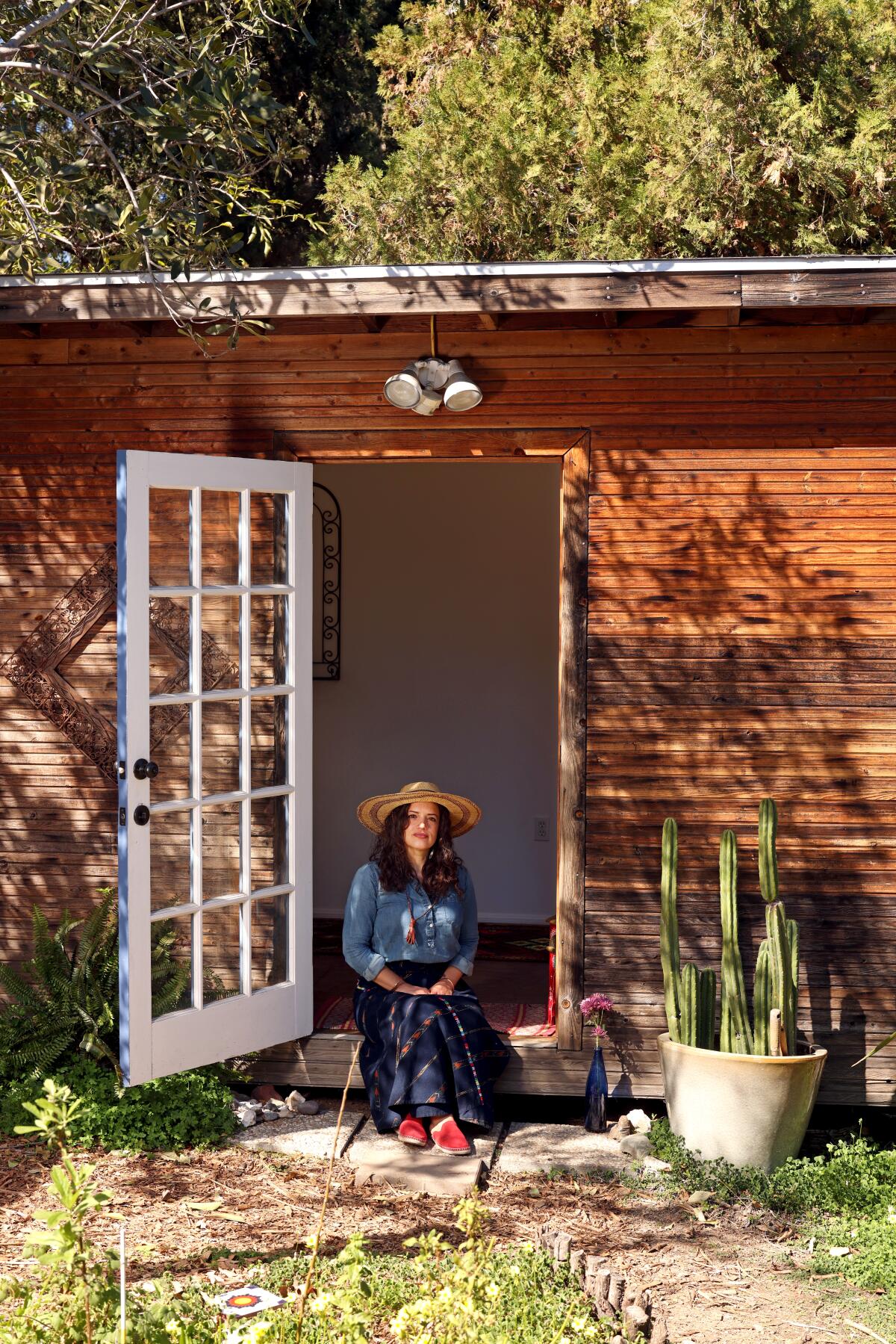
We all need water and sunlight and need to be covered like mulch. I know it sounds crazy, but our soil was high in phosphorus and I personally don’t hold on to phosphorus. I started depending on my time in the garden and putting my hands and feet in the soil. I didn’t always have a lot of energy, and my husband would have to carry me out there. Sometimes I would work on 10 inches of soil. It was a friend to me in a way I can’t articulate. I recognized a reflection of myself when I was with her. We healed together. It was a reciprocal relationship. I was able to grow some of the foods and herbs that I needed. There is something different about eating your own food rather than the food you buy at the farmers market.
In our culture, we are taught that all life is a relative — trees, water, fire, air, soil, animals and insects. When I got sick, my understanding of this deepened inside of me.
How did you get things to grow?
To heal soil you need to plant things and get the roots growing. We started composting. We paid more attention to our heritage and read a ton of gardening books. We did a lot of trial and error. The most important thing is your relationship to the garden. It’s just like reading a parenting book; kids aren’t textbooks. Listen to the birds and the insects and that will tell you what you need to do.
There were some things that we did that failed. I can’t tell you how many plants we killed. Rishi Kumar said if you’re killing plants, you’re halfway there. That took a lot of pressure off of us. There was a lot of listening and sitting and being in the garden. When we tried to grow melons, I remembered seeing my dad put leaves on things when I was younger, so I started cutting branches and putting them around the base of the watermelon plants to help with water retention. The plants got healthier, so we started covering them more and more. We learned about tree services that dump mulch in front of your home for free.
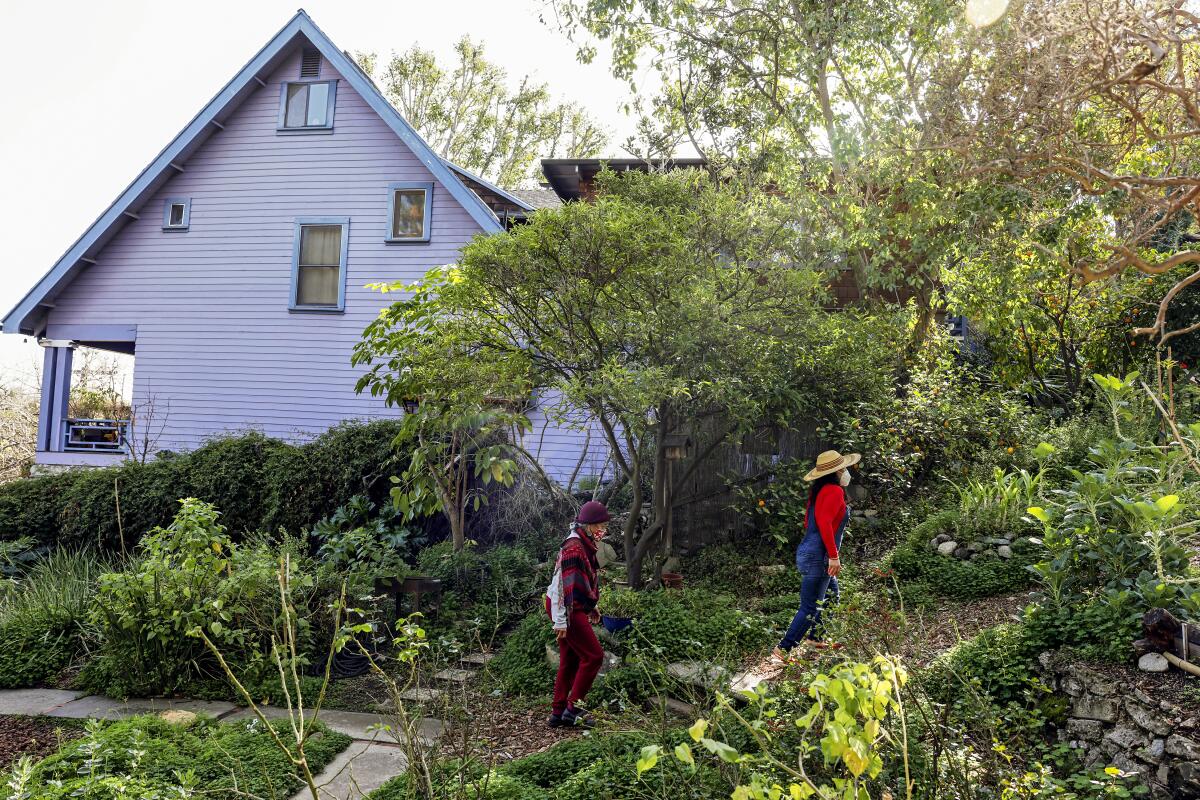
What are some of the regenerative practices you use in the garden?
We have three different types of composting: in-ground, a three-tiered composter and two vermiculture homes. We use all of our kitchen scraps and either give them to our chickens, soil, compost or hugelkultur beds. We use chicken manure in our compost and place it in holes in the ground to rest because chicken droppings are high in nitrogen and can burn the plants. We almost never need to put our green bin out because we use all of the leaves as mulch. We do a lot of chop and drop where we cut, chop or snap a plant, branch or leaves and just drop them on the ground as mulch. We are a no-till garden and don’t disturb the soil. We try to capture water here and have swales to invite water to the garden. Our outdoor shower is irrigated so that the water goes to the surrounding plants and trees. We chip all of our logs ourselves and use the logs to build our garden beds and stumps for seating. We also take our chickens out and let them graze and eat bugs that might hurt the garden. We only take a few out at a time so they don’t tear up the garden. It’s like animal husbandry on a very small scale.
What do you hope people will take away from your garden?
Peace. This garden is a place of reflection, and a lot of people are moved to tears when they come here. This is a place where you can take your armor off. We want people to feel safe here and like they belong. People feel the truth here.
What advice would you give to first-time gardeners who want to cultivate green space and grow their own food?
That it is possible and you can do this too. That is one of the foundational reasons why we open our gates for others to visit — to see what is possible. As for growing food — plant what you and those you are going to feed like to eat. Plant some perennials, plant seasonally. If you live where raccoons, squirrels and other animal relatives roam, invest in or build some secure screens or cages around your food. We do intentionally leave spaces for some food to be enjoyed by them, but not all of it. Last but not least, enjoy yourself! We unintentionally killed many plants before we got the hang of all of this and we are still learning. You will get there.
Favorite plant?
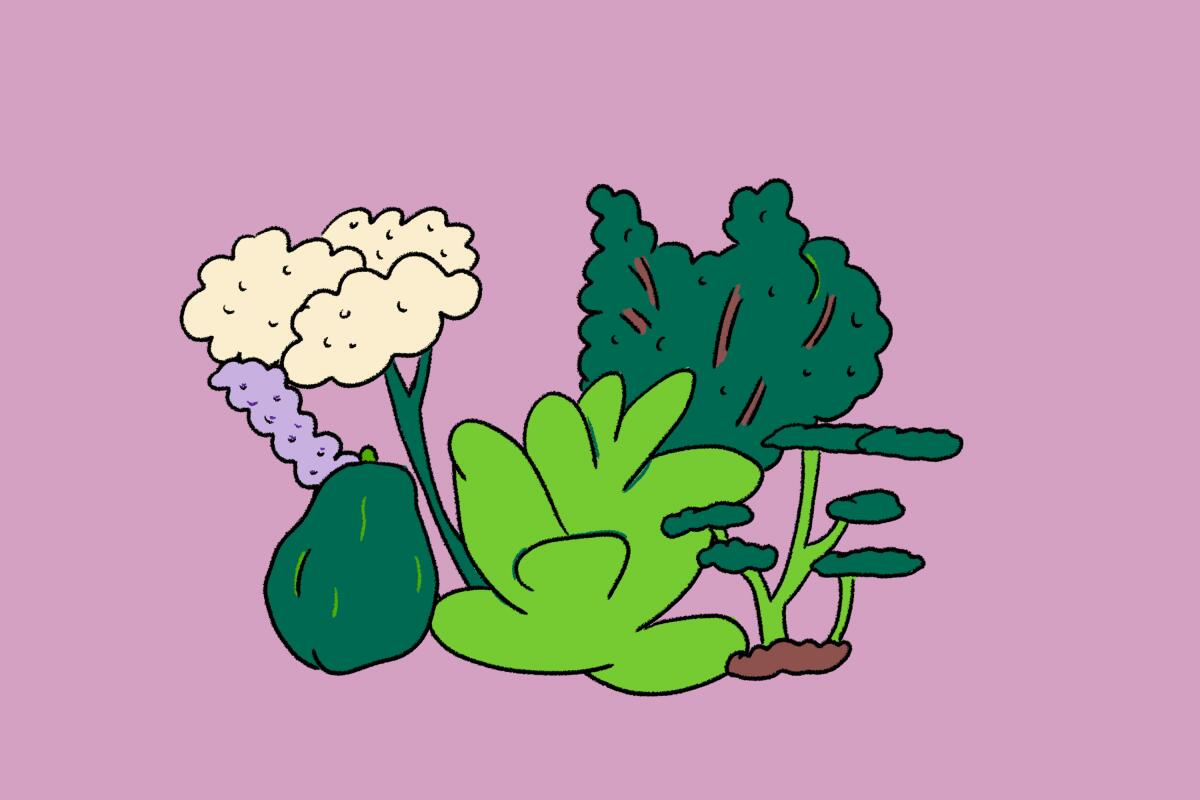
I love all of the plant relatives that live here. I have a different relationship with everyone. There are blue sage and yarrow and mallow and tobacco and oregano and marjoram. I feel fortunate that I get to live with so many relatives that nourish us, not just because we ingest them but because of our relationship with them.
If you asked me what my favorite fruit tree is, I would say papaya.
We choose plants that connect us to our ancestral line. If I start growing something like hibiscus, it takes me back to my African roots. We all have different ways of being. I listen to plants. If I grow things that I know our elders used, then it connects us to them.
You name your plants?
We name our trees because you would name your relatives. So we honor them by giving them a name. My son took it a little too far when he was little. He always heard me talking to the plants, and one year we had mallow and wood sorrel and chicory that people would call weeds, and as I was walking through the yard he stopped me and said, “Mom, you’re stepping on our relatives! Stop!” I told him we were going to chop and drop, and he said, “No mom,” and he started naming all of the weeds and telling me their names. I got on my tippy toes and walked carefully out of there.
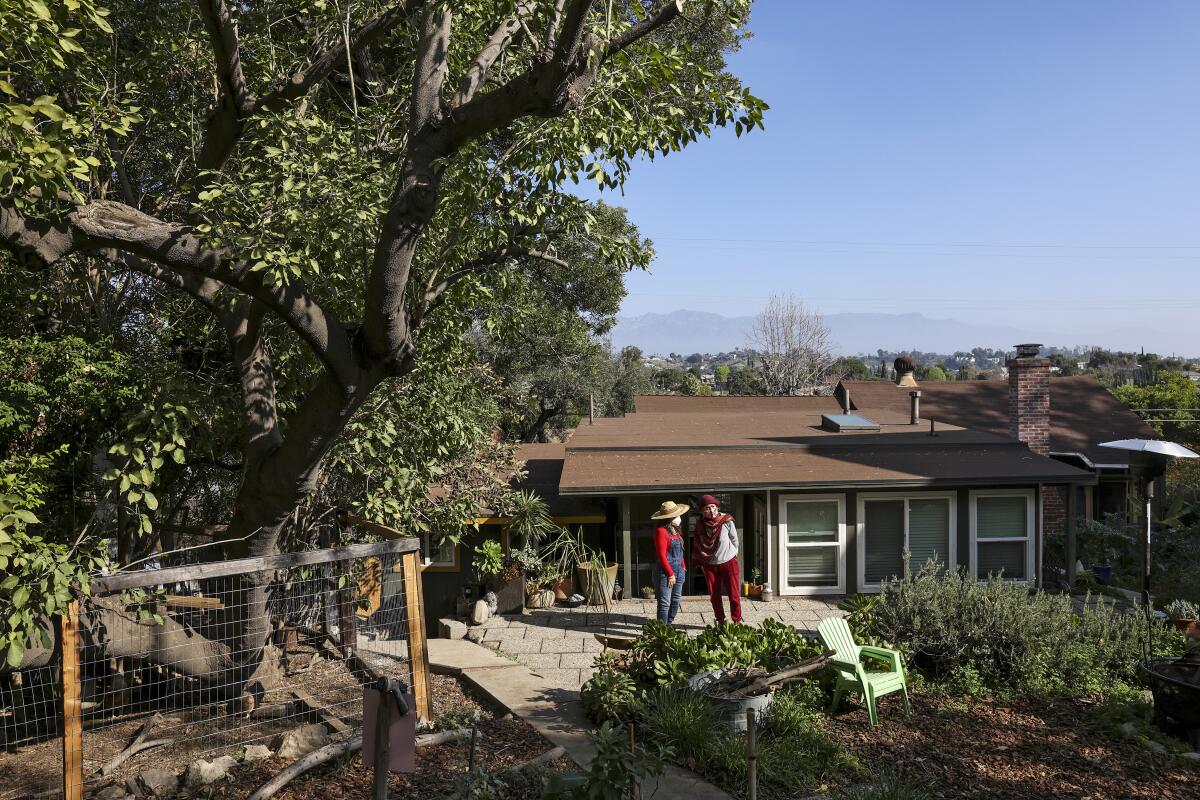
Why do you think it’s important for people to see an unmanicured garden?
We say that our garden is an honest garden. We allow all of the seasons to fully express themselves. We think that’s important because it’s important to see all of the cycles of life; you will drop leaves, you need to mulch, and sometimes you will be naked. Just when you think something is dying, there will be new life and the seeds are going to burst open with little bits of life coming out of the ground. Trees that were naked before will start to grow. It’s very much a reflection of ourselves. It’s good for our mental health to go through these changes. It’s also important in terms of aging. We’re taught that we’re supposed to stay young and blooming but it’s important for people to see that the cycles are natural. We’re always going to change, just like our gardens are going to decay and decompose. It’s important for us to know that we are meant to go through these changes. It takes the pressure off of us to be perfect.
What are you planting for spring?
Right now we have carrots, beets, seven or eight types of tender greens, pole beans, peas and radishes, strawberries, goldenberries, violets for salads, poppies and edible Iceland poppies. We grow carrots and beets year-round. We also use our lavender for tea and bathwater and bath salts that people can buy here. We grow lots of herbs that don’t die back in the winter: African blue basil, rosemary and marjoram.
It’s warming up — at last!
Why do you open your garden to others?
We’re blessed to have this place, and we feel like the land calls the people here. We have to honor that. We are supposed to open our gates to folks. We focus a lot on marginalized communities. All different types of people come here, but we make ourselves accessible to marginalized communities because we feel that it contributes to the wellbeing of our community. Everyone is your community. We feel it’s important to have a meeting round for people of all different backgrounds. We see ourselves as a meeting place where people might have difficult conversations. We try to be open to those conversations.
Is your outlook inspired by your mother?
Yes. A lot of this comes from my mom, who has been marginalized because of her race. She wasn’t accepted and went through a lot of pain because she was a woman of Black and Indigenous roots. People thought she was unintelligent. She had four kids and was a single mother and now works to develop affordable housing for others who have been marginalized. It was hard for us growing up. She wanted people to have pride in where they live. Her work reflects her values and the way she lives.
She’s the one who taught me to listen to the plants, the sun, the wind. She’s the one who taught me to call the moon our sister. The Earth is our mother. Even down to the elements of fire, water, air. She is the matriarch who holds us all together. She has such a strong background in social justice and equanimity, and she just wants the world to be a better place for everyone. I want to give to others that same way.
More to Read
Sign up for The Wild
We’ll help you find the best places to hike, bike and run, as well as the perfect silent spots for meditation and yoga.
You may occasionally receive promotional content from the Los Angeles Times.
